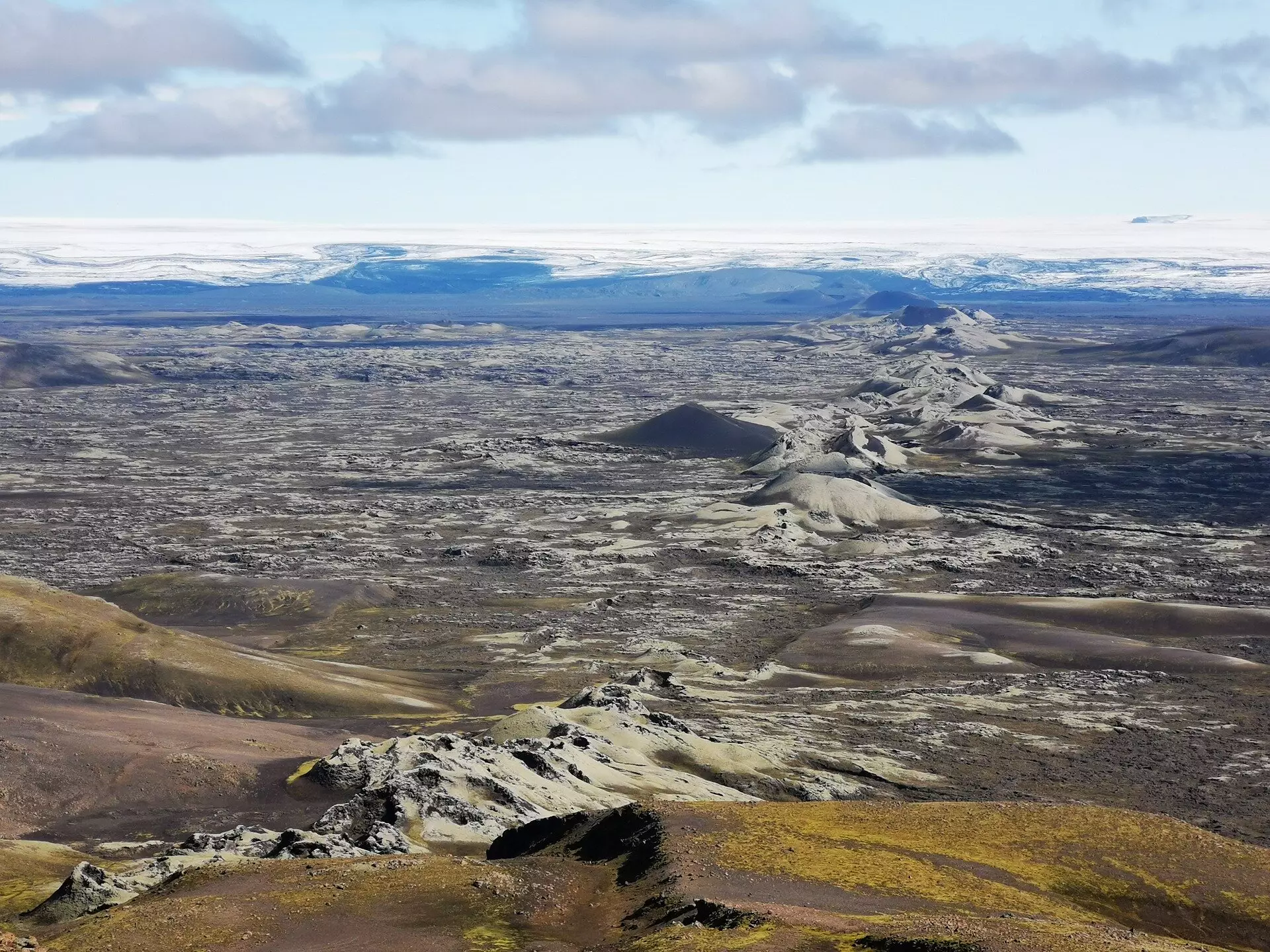For the first time in scientific history, researchers have conducted a comprehensive mapping of Earth’s plate tectonics extending back 1.8 billion years, uncovering secrets hidden within the planet’s rock layers. This groundbreaking research, led by Xianzhi Cao of the Ocean University in China, has been published in the open-access journal Geoscience Frontiers, marking a significant leap in our understanding of Earth’s geological timeline. The project represents more than just a visual representation; it paints a vivid picture of our planet’s dynamic history, akin to a beautiful, intricate dance of continents shifting over vast stretches of time.
Using fossilized records and geological data, this innovative approach has provided a window into the continental configurations that existed long before modern Earth. The researchers meticulously reconstructed the movements of tectonic plates, capturing the rapid descent of India, the formation of the Gondwana supercontinent, and ultimately the emergence and subsequent break-up of Pangea during the Mesozoic era, around 200 million years ago. Each stage of this historical narrative showcases a dramatic, yet elegant, transition of landmasses.
Earth is distinguished from other celestial bodies in our solar system primarily by its active plate tectonics. The intricate dance of tectonic plates not only gives rise to majestic mountain ranges but also plays a crucial role in shaping conditions that are conducive to life. The grinding together of these plates results in geological phenomena such as earthquakes, volcanic eruptions, and the creation of oceanic trenches, which collectively influence the climate, chemistry, and geology of the planet.
Through these dynamic processes, elements crucial to life on Earth, such as phosphorus and molybdenum, are gradually sourced from deep within the Earth and accessible at the surface. Phosphorus, an essential building block of DNA, and molybdenum, critical for nitrogen fixation, illustrate the intricate connection between geology and biology. Moreover, the continual exposure of rocks through tectonic activity facilitates weathering processes, linking geological formations to nutrient cycles in ecosystems.
The significance of mapping Earth’s geological past transcends mere curiosity about tectonic movements; it offers profound insight into large-scale climatic phenomena. Understanding how plate tectonics has influenced Earth’s climate over billions of years is vital for answering pivotal questions about our planet’s history, including the extreme climate fluctuations known as “Snowball Earth.” Such shifts have left indelible marks on Earth’s biosphere and hydrosphere, and the newly reconstructed tectonic history may help elucidate the underlying mechanisms driving these changes.
Furthermore, this roadmap of Earth’s tectonic journey aims to reveal the intricacies of the interactions between the deep Earth and surface ecosystems, which help sustain life. In doing so, it could also clarify the conditions that allowed for the emergence of complex life forms, correlating to the onset of the supercontinent Nuna approximately 1.35 billion years ago. Researchers are exploring whether the geological uplift during the formation of Nuna may have fostered the necessary chemical environment for early multicellular organisms to evolve.
A less discussed yet equally significant outcome of this tectonic mapping lies in its potential applications for mineral exploration. Understanding the tectonic configurations of the past enables geologists to pinpoint ancient boundaries where metals like copper and cobalt were likely deposited. These metals often precipitate under specific conditions in oxygen-rich waters, and tracing the geological paths of ancient tectonic boundaries could guide explorers to discover rich mineral deposits that are now hidden beneath subsequent layers of younger terrain.
With global interest in resource exploration intensifying, the insights gained from reconstructing ancient plate movements could prove invaluable in uncovering metal-rich deposits, linked to volcanic roots and tectonic activity at convergent plate margins.
This pioneering attempt to chart 1.8 billion years of Earth’s tectonic timeline marks just the beginning of what is destined to be a continuously evolving field of study. As our models improve, we stand on the precipice of unraveling more intricate tales hidden within the rocks beneath our feet. The thrill of discovery in geology extends beyond our planet, pushing boundaries as we explore and correlate Earth’s narratives with global processes that sustain life.
Moving forward, researchers will refine these reconstructions, providing clearer insights into Earth’s history and enhancing our understanding of the intricate tapestry of life. The past 1.8 billion years are an invitation to further our exploration of Earth’s geological wonders, ensuring that we appreciate and protect the planet we call home.

